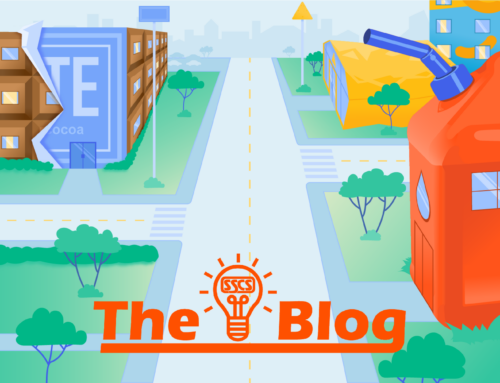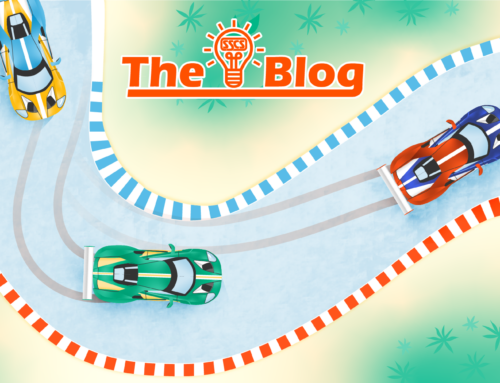
Senses Working Overtime
Modern c-stores can be a treat for the eyes, but their sensory appeal doesn’t end there.
We’re a visual society. C-stores know it, though they vary in how they use image to influence consumers.
Many large, successful chains understand the importance of familiarity to the consumer, so they maintain a uniformity that makes a location recognizable upon first view. Other stores, perhaps individual enterprises or parts of a smaller chain, make a concerted effort to stand out visually.
One method is to ensure a memorable on sight impression is through sheer size, an approach you’ll often find on major throughfares. I-80 Truckstop, all 50,000 square feet of it, definitely qualifies, but even more plentiful are the stores that set out to get noticed because of their outward quirky appearance, like Air Guitar in in Arizona, or though flat-out beautiful design, like SSCS Customer Tahoma Market:

And we’re not even touching on the kind of eye-catching innovation that goes on inside the store.
What about the other senses, though? Are they of any use to a retailer? Forbes thinks so, advising that the more senses you using in creating a brand, the most distinct you will be. Let’s take a closer look, and see how the other senses might be applied to convenience store industry goals.
Sound. This is no surprise. “In-Store Audio,” the trade term for the background sounds playing in a store, is an industry standard and has been for a while. Theories about how different music influences different shopping behaviors[1] continue to evolve, fueled by plenty of online advice, not to mention providers that will customize your ambient music for you.
There are studies that say music in and of itself creates the impulse to buy. Other searchable sources are more specific about potential effects: fast tempo music speeds people up; people linger when they hear music they like; keep it below 70-80 decibels. Psychology Today found more German wine is sold when German music is played nearby; the same was found true for French wine. Over in Japan, they look at it a little differently. As one musician put it on a TV broadcast, “…[retailers] play cheap music so that customers will hear it and feel like the store’s prices are cheap. If they play solemn classical music, it makes the store seem expensive.”
Smell. We’re pretty sure terms like “scent strategies” and “olfactory marketing” weren’t around at the birth of the c-store industry, but today the effect of smell on retail performance is getting lots more attention. In the case of retailers looking for assistance in this area, any number of companies are around to formulate a store’s aroma for success.
Retailers sometimes use a scent diffuser to create a pleasant olfactory environment, but these uses often fall outside the c-store channel. It’s not a problem, though, as modern c-stores often capitalize on the pleasant smells of selected merchandise and Foodservice: maybe freshly ground coffee, or pizza, or sizzling bacon and sausage for breakfast sandwiches.
Touch. There’s also a name for the process of engaging customers using tactile sensations, Haptic Marketing. The Harvard Business Review, among others, maintain “old fashioned” tactile sensations can create distinction for a retailer. The big box stores and larger grocery stores address this with sampling stations that give shoppers ample opportunity to enjoy the tactile experience of food or drink beyond the tasting part of it. Which reminds us…
Taste. A major reason people are coming to your store is to get a taste of something really good. Whether it’s the simple satisfaction of snacking, pouring three different flavors of creamer into their coffee, or stopping to grab something a little more exotic, taste remains the most compelling sense of all.
No matter how many senses-stimulating products you may stock, you inventory item mix won’t reach its profit potential unless it is managed rigorously with great attention to detail. This task becomes much more practical with the speed and accuracy of technology specifically designed for managing c-store inventory, like SSCS’s Computerized Daily Book back office. See how you can get control over your merchandise without it becoming an overwhelming effort. Give us a call at (800) 972-7727.
[1] Not including the widespread use of loud classical and opera music to deter loiterers.






Leave A Comment